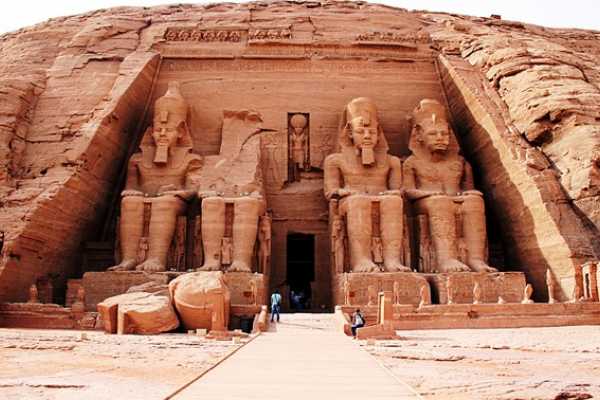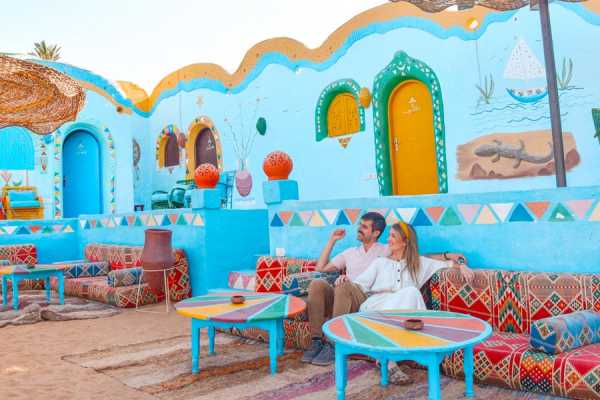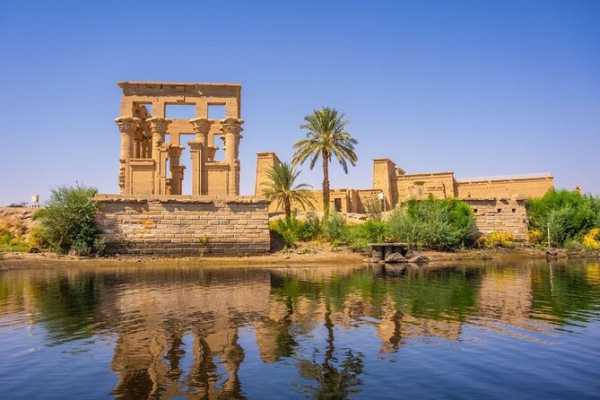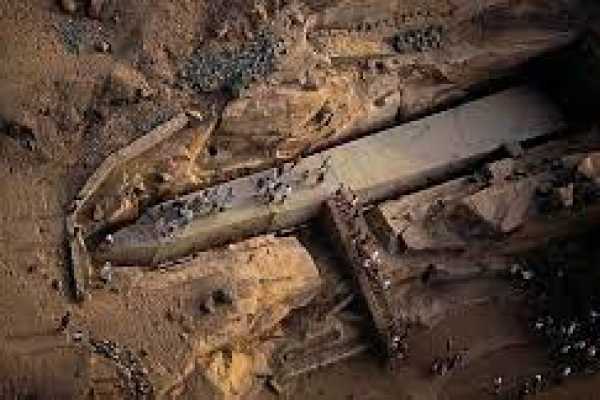Temples of Abu Simbel The Temples of Abu Simbel are an ancient temple complex located in southern Egypt near the second cataract of the Nile River Constructed during the reign of Ramesses II, one of the most powerful rulers of ancient Egypt, the temples were cut into a solid rock cliff The complex consists of two temples: the Great Temple and the Small Temple The Great Temple, dedicated to Ramesses II himself, is renowned for its enormous seated colossal statues that dominate its façade. It was built to honor the gods Amon-Ra, Ra-Harakhti, and Ptah as well as to demonstrate the might of the Egyptian empire and glorify Ramesses II The Small Temple, on the other hand, is dedicated to Ramesses II's chief wife, Queen Nefertari Construction of the temple complex started around 1264 BC and lasted for approximately 20 years.These temples are significant examples of ancient Egyptian architecture and art, and their preservation and relocation in the 1960s are considered remarkable achievements in archaeological conservation If you're planning a visit to the Temples of Abu Simbel, it is recommended to take a day trip from Aswan The temples continue to captivate visitors to this day, showcasing the grandeur and cultural richness of ancient Egypt.




